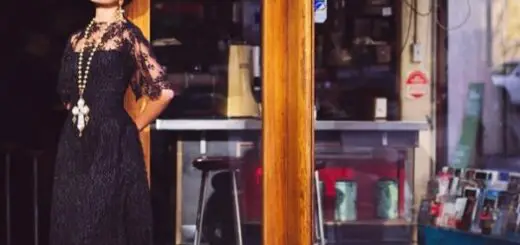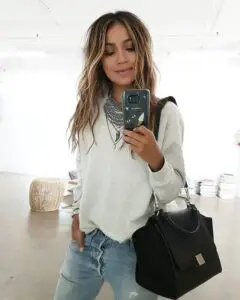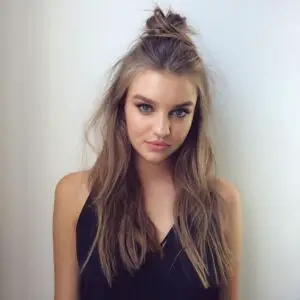Five ways to check if a cosmetics brands is cruelty free | Glam Radar
So… You’re interested in choosing cruelty-free, but how can you be (reasonably) sure that your favourite beauty brand isn’t tested on animals? Here are five ways to check.

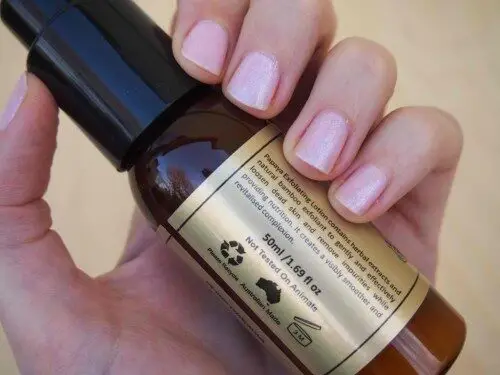
Laviol Organics Papaya Exfoliating Lotion
1. Check the label
Some beauty brands will label their product packaging with their cruelty-free status (WOO YAY). I do a little happy dance when I see this, because it usually indicates that the brand has a strong position against animal testing. However, the brand’s statement may not be particularly specific, so if I wasn’t already familiar with the brand I’d probably double-check it using another strategy (see below).

Sukin’s animal testing status statement
2. Check the brand’s website
This strategy relies on beauty brands communicating honestly and clearly. (LOL). Brands will often have a statement on their animal testing status on their website (usually located in the FAQ section), but these statements vary in clarity. You might have to read a few of these statements before you feel confident in deciphering them.
The hallmarks of a cruelty-free brand’s animal testing status statement are clarity and specificity. You’ll probably be able to read through their statement just once and understand the brand’s position. Likewise, their statement is likely to specify the details of their position, such as whether the brand conducts, pays for or allows animal testing on their raw ingredients orfinished products.
Conversely, if you’re reading the animal testing status statement of a brand that does conduct animal testing, you’ll probably get to the end of the statement and think: ‘¿QUE?… Hang on… Does this brand conduct animal testing or not?!’ You may find yourself reading over it several times to see if you can wrap your head around exactly what they’re saying. Likewise, the statement is likely to feature vague phrases such as, ‘X brand is committed to researching viable alternatives to animal testing methods,’ rather than specifying their position on the details of animal testing. LAME.
Note: Click here for an example of an animal testing status statement from a beauty brand,Sukin Organics, that doesn’t conduct animal testing. In contrast, click here for an example of an animal testing status statement from a beauty brand, L’Oreal, that does conduct animal testing.

Animal testing status inquiry email
3. Check a third party website
There are loads of websites designed to inform consumers about the animal testing status of beauty brands. If the product’s packaging or the brand’s website doesn’t have an animal testing status statement (or the statement is unclear), I’ll often check a third-party website. People for the Ethical Treatment of Animals (PETA) have well-known ‘Do test’ and ‘Do not test’ lists, but these lists are in no way comprehensive (I also think PETA are sort of insane).
My favourite website for looking into beauty brands’ animal testing status is an Australian website called the Ethical Consumer Guide (ECG). ECG collates details about a range of beauty and other brands, such as brand ownership and structure, as well as various assessments of the brand’s ethical status, including their animal testing status. Ethical Consumer Guide also have a handy iPhone app called Shop Ethical! ($4.49 AUD).
P.S. Blogs can be a useful resource for researching a beauty brand’s animal testing status, but just be aware that blog posts may be misinformed or out-of-date. There’s lots of examples of that on… um… my blog. (Sorry about that). (I do try).
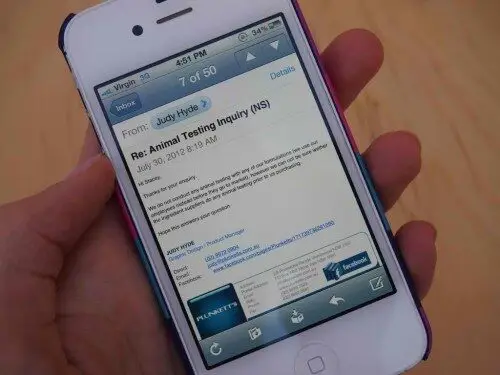
4. Contact the brand directly
Some beauty brands are JUST PLAIN CONTRARY and it’s near impossible to find any reliable information about their animal testing status online. In this case, I’ll contact the brand directly by email (most brands will list an email contact on their website). Although not every beauty brand will respond, I’ve found that I generally get a return email with the brand’s animal testing statement. I always really appreciate it when a beauty brand does respond to my email (Thanks Judy!), but my God it blows when this is your last resort and the brand doesn’t respond… JUST PUT ME OUT OF MY MISERY.

Nak Aroma Oil Spray
5. Buy Australian made (or from another country with similar legislation)
As I mentioned in my blog post ‘Five Things to Know About Switching to Cruelty-Free Cosmetics‘, there is no animal testing of cosmetics products in Australia [source], so I’ve found that many Australian-owned and made brands are cruelty-free (YAY). However, this doesn’t factor in all the international beauty brands sold in Australia or Australian-owned brands that are formulated using raw ingredients from overseas. So, it’s no guarantee… but it’s a pretty good start.
Whew. My brain hurts now.

